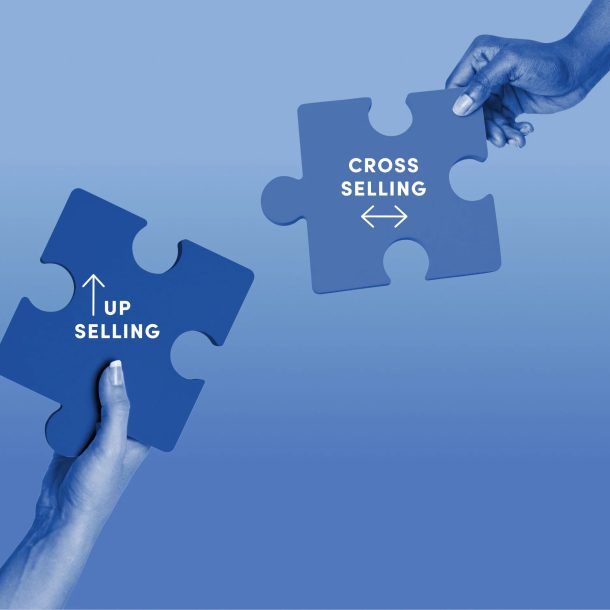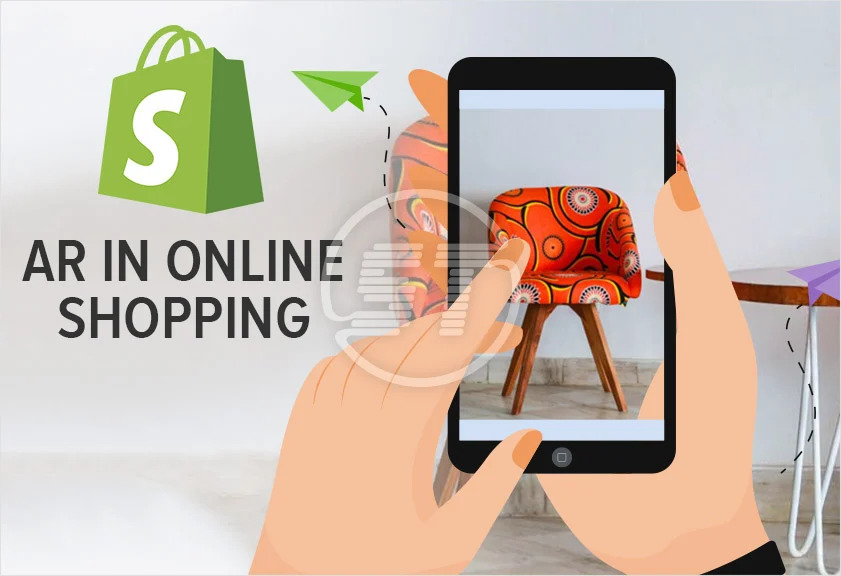
How to Use Augmented Reality to Enhance Online Shopping Experiences
As eCommerce continues to evolve, augmented reality (AR) is quickly becoming one of the most powerful tools for boosting conversions and improving customer confidence. With AR, online retailers can bridge the gap between physical and digital shopping by offering interactive, immersive experiences that help shoppers visualize products in real-life settings. Whether you’re an Amazon seller or managing a Shopify store, integrating AR can significantly impact how consumers perceive your brand—and how much they buy.
Let’s explore what AR means in eCommerce, why it matters, and how you can implement it to elevate your customer experience.
What Is Augmented Reality in eCommerce?
Augmented reality overlays digital content—such as 3D models or animations—onto a shopper’s real-world environment via smartphones, tablets, or AR glasses. In eCommerce, this often means letting customers “try on” products virtually, such as seeing how a piece of furniture looks in their living room or how a pair of sunglasses fits their face.
Major retailers like Amazon and Walmart have adopted AR tools to boost engagement, reduce returns, and improve conversion rates—setting a trend that smaller sellers can follow using third-party solutions.
Benefits of Using AR for Online Retailers
1. Improves Customer Confidence
AR gives customers a better sense of product scale, texture, and functionality. For example, a shopper can use AR to preview how a lamp fits on their desk—reducing uncertainty and increasing trust in the purchase.
2. Reduces Product Returns
One of the biggest challenges in eCommerce is returns. When shoppers can see a product in context before buying, they’re less likely to experience post-purchase disappointment. According to Shopify, retailers who use AR see up to a 40% reduction in returns.
3. Boosts Engagement and Time on Site
Interactive AR features capture attention, encouraging shoppers to spend more time exploring your products. This increased dwell time correlates with higher conversion rates and stronger brand recall.
4. Creates Shareable Content for Social Media
When customers can interact with products in fun and novel ways, they’re more likely to share their experiences. This user-generated content acts as social proof and extends your brand reach organically.

How to Implement AR into Your eCommerce Strategy
1. Choose the Right AR Platform
Start by selecting a platform that suits your business size and product type. Tools like ZapWorks, 8thWall, and Shopify AR are great for integrating AR into websites or mobile experiences.
For Amazon sellers, consider adding 3D product models via the Amazon AR View program if your category supports it.
2. Invest in High-Quality 3D Assets
AR only works well if your 3D product models are detailed, accurate, and optimized for mobile. Hire professionals or use scanning technology to develop visuals that reflect your products’ dimensions and finishes.
3. Start with Best-Selling or High-Return Products
Instead of applying AR to your entire catalog, begin with your most frequently returned items or best-sellers. This targeted approach helps you measure ROI quickly and improve customer satisfaction where it matters most.
4. Promote Your AR Features
Add banners, video demos, and clear calls-to-action like “Try It In Your Room” on product pages. On platforms like Instagram and TikTok, you can even integrate AR filters to drive traffic to your listings.
Future Trends in AR Shopping
The future of AR is moving beyond static placement into interactive experiences—think AR that lets users open drawers, toggle colors, or configure product bundles. With Apple’s Vision Pro and Meta’s AR initiatives, immersive shopping is set to become even more lifelike.
Forward-thinking retailers are also combining augmented reality with AI to personalize shopping even further. Imagine an AI stylist suggesting outfits based on your virtual try-on history—a truly next-level retail experience.

Final Thoughts
Lorem ipsum dolor sit amet, consectetur adipiscin
Incorporating augmented reality into your eCommerce strategy isn’t just a novelty—it’s quickly becoming a competitive necessity. By enhancing the shopping experience, reducing returns, and increasing buyer confidence, AR can be a transformative tool for brands looking to scale in a saturated digital marketplace.
Whether you’re selling handcrafted goods on Etsy or managing a multi-channel retail operation, now is the time to explore what AR can do for your brand.
g elit. Ut elit tellus, luctus nec ullamcorper mattis, pulvinar dapibus leo.














